By Olivia Smith
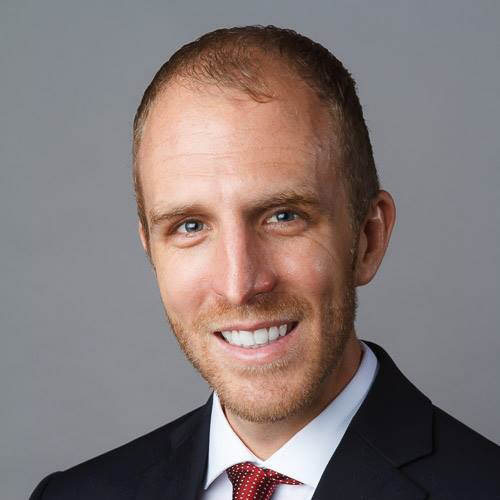
Grant Donnelly, Department of Marketing and Logistics; Fisher College of Business
Sustainability Marketing and Communication
Donnelly designs interventions to increase consumer well-being in three central domains: financial, physical and (pro) social.
How would you describe your expertise in layman’s terms?
I design interventions that can improve consumer well-being. I study three important components of well-being by evaluating consumer decision-making in regard to: finances (e.g., credit card debt repayment, savings, spending), physical health (e.g., consumption of sugar, exercise), and pro-social and pro-environmental behavior (e.g., recycling, composting, cooperation). My primary research approach is through the use of field experimentation. I also do lab experiments to try to uncover the underlying psychological mechanisms at play that lead to the success and failure of such interventions. Specifically I focus on how consumer’s feelings and thoughts impact certain interventions.
How did you become interested in this topic?
I worked at a grocery store for eight years and was a buyer. I paid a lot of attention to what things consumers were buying and what they weren’t buying, and I noticed how sales promotions, shelf placement and other factors contributes to sales. The store was a certified green business and we sold vegetarian products with little to no packaging with the aim of reducing waste. This was at times costly, but I found that people wanted the opportunity to help the environment through their consumption. It was an experience that was very profound to me and inspired a research agenda combining consumerism, psychology and environmental issues.

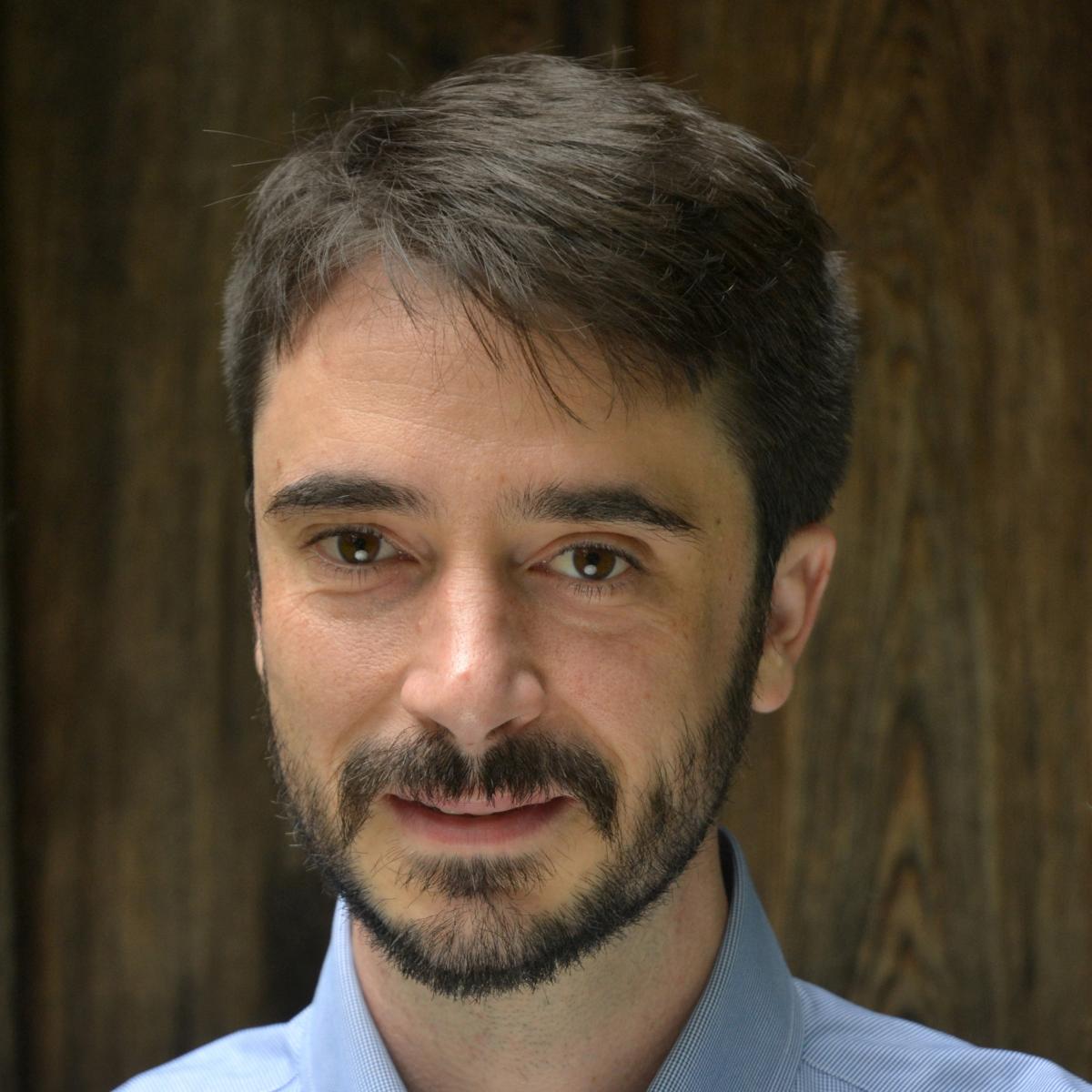
Matthew Hamilton, School of Environment and Natural Resources; College of Food, Agricultural, and Environmental Sciences
Sustainability Policy and Governance
Hamilton’s research focuses on how people work together to solve environmental problems; analysis of patterns of interactions among individuals, organizations and institutions involved in the stewardship of natural resources and ecosystem services.
How did you become interested in this topic?
It’s hard to pinpoint exactly when I became interested in the interplay between social interaction and environmental management outcomes. However, one experience that stands out was the two years I worked as an agricultural extension Peace Corps volunteer in a small rural community in Paraguay. My work emphasized beekeeping as a source of income, which also provided an incentive for farmers to protect forested land, because bees relied on flowering trees during certain times of the year. I understood with greater and greater clarity over those two years that my projects could only be successful if people trusted one another enough to pool their resources to purchase community-managed equipment, or if they were willing to commit their time to share their expertise with people who were just beginning to work as beekeepers. I saw that these relationships were more important than the technical assistance I provided, and I increasingly focused on encouraging social interaction among beekeepers and other members of the community. Simultaneously, I recognized the value of understanding the conditions under which people cooperate or otherwise work together to improve economic and environmental sustainability.
What made you decide to come to Ohio State?
Coming to Ohio State was an easy decision! Some of the leading people in my field are here, and there are great opportunities to collaborate on exciting research. However, an even bigger factor in my decision to come here was the strong interdisciplinary culture at Ohio State and the support for work that not only draws together diverse groups of researchers but also extends into the classroom and engages communities of environmental decision-makers and other stakeholders. It was clear that the university had made substantial commitments to fostering the types of initiatives necessary for responding to difficult and important environmental challenges.

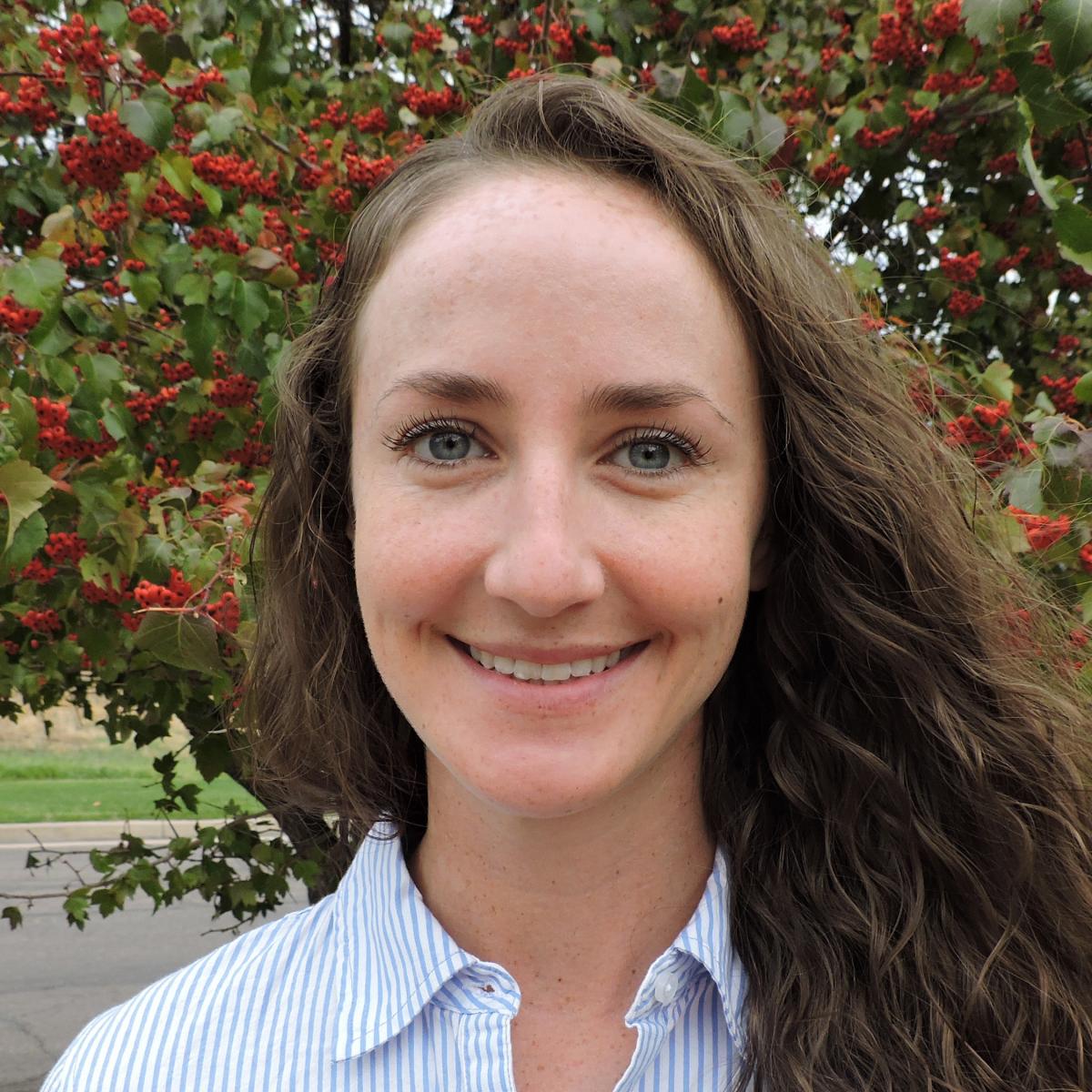
Natalie Hull, Department of Civil, Environmental and Geodetic Engineering; College of Engineering
Environmental Microbiology
Hull’s research applies emerging molecular biology tools, novel sensors, big data analyses and optimized treatment technologies to better understand and control water microbiomes for sustainable protection of public and environmental health.
How would you describe your expertise in layman’s terms?
I study water treatment and water quality. My experience has focused on understanding the microbes in drinking water treatment and distribution systems, how those microbes respond to engineered treatments, and how we can sustainably optimize water treatments to protect public health. One focus area of my research has been on solutions for small water systems, where water quality issues can be magnified. Another focus area of my research has been on water treatment using ultraviolet light, which can be a very effective chemical-free means of disinfecting water.
How did you become interested in this topic?
I became interested in water treatment during my last year of my undergraduate education when I was introduced to environmental microbiology. Then, I became captivated by the intersection of water, microbiology and environmental engineering. I also grew up in central Appalachia where my family faced water quality problems that are common in rural areas, which influenced my passion to be an engineer focused on solving water problems and inspiring others to do the same.
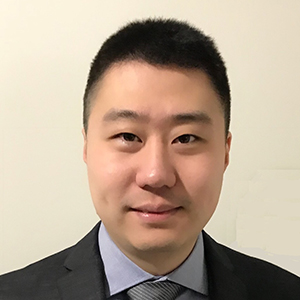
William Wang, Department of Chemical and Biomolecular Engineering; College of Engineering
Chemical and Biomolecular Engineering
Wang’s research objective is to utilize novel material synthesis, molecular and colloidal self-assembly, characterization, and microfabrication to create dynamic and anisotropic material systems that exhibits elementary sensors, actuators and electronics in response to external cues via the reconfiguration of its shape, optical and physicochemical properties.
How would you describe your expertise in layman’s terms?
My expertise is understanding what's going on in molecular scale and converting such events into micro-/macro- materials systems with desired functionality. For instance, I can propose a bio-diagnosis approach inspired by looking at the tears of wine in the glass. One main direction of my research focuses on liquid crystals, the materials that have been widely used in TVs and cell phones. My goal is to explore their novel applications beyond display technology. I also have particular interests in shape-changing polymers and green energy harvesting.
How did you become interested in this topic?
I feel uncomfortable if I have been asked to work on something like a Pandora’s Box that I have no idea how it works fundamentally. In my PhD, I picked up a textbook on Condensed Matter Physics by accident, and I was deeply attracted by molecular-level events because they can explain all the phenomena happening in the daily life! Then I felt that it would be super cool if we could use our understanding to tune the macroscopic property of the materials based on what people really need.

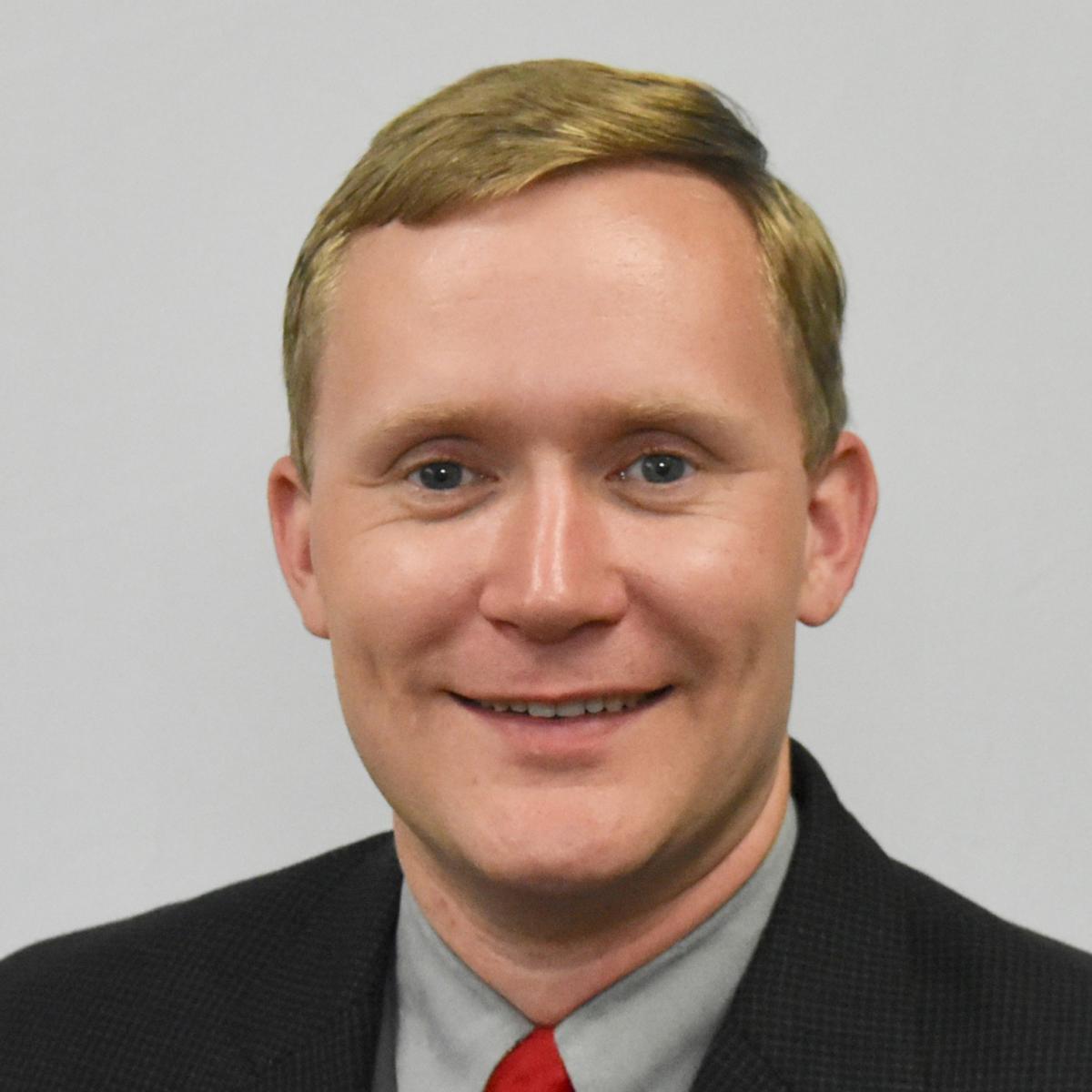
Ryan Winston, Department of Food, Agricultural and Biological Engineering; College of Food, Agricultural, and Environmental Sciences; and Department of Civil, Environmental and Geodetic Engineering; College of Engineering
Sustainable Water Engineering
Winston’s research interests focus on the management of stormwater runoff and its impacts on stream and lake ecosystems, as well as community-level impacts like flooding and extending the useful life of infrastructure.
How would you describe your expertise in layman’s terms?
Broadly, I am a water resources engineer with interests in hydrology, water quality and stormwater management. My experience has focused on understanding how stormwater affects our water resources and how it might be more sustainably managed. One focus area of my research is on design of treatment systems for runoff, both urban and agricultural, and how we can optimize these treatment systems to increase performance, reduce maintenance and generally increase our return on investment. I have been working on this question at both a focused site scale and also at a broader watershed scale. This work excites me because it has direct impacts on surface water quality in Ohio.
What made you decide to come to Ohio State?
I came to Ohio State in a bit of a nontraditional manner, having arrived on campus in January of 2016. I was hired as a research scientist and managed two projects related to stormwater management. Since then, I have been lucky enough to be hired into a tenure-track position through the Discovery Themes initiative. This position was very exciting to me, as it is a part of the newly developed Sustainability Institute. This program brings together faculty across a broad theme of sustainability that have a wide variety of backgrounds. This is spurring novel collaborations that excite me. While I am an expert in my narrow field of water resources engineering, I hope to collaborate with other such experts in a wide variety of fields to answer engaging scientific questions that have practical, real-world applications.
Olivia Smith is a student communications assistant at the Sustainability Institute at Ohio State.
